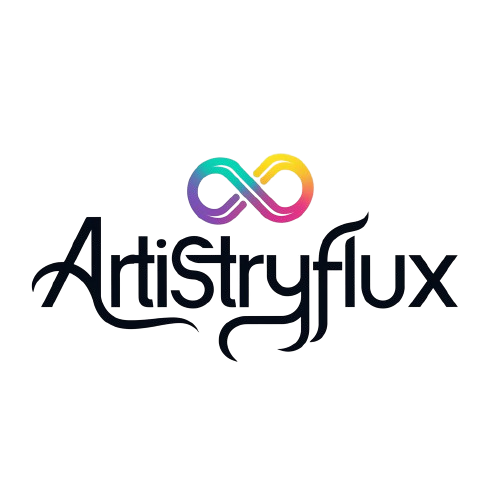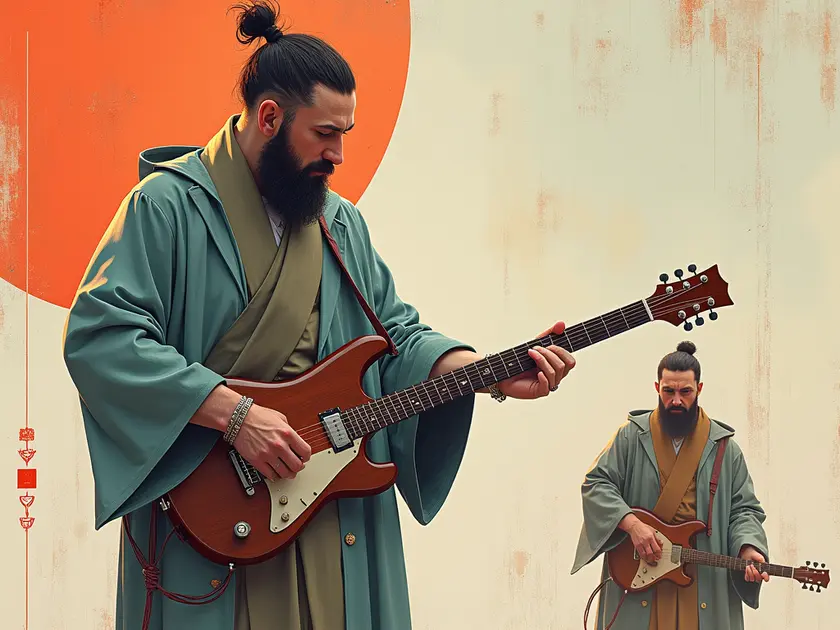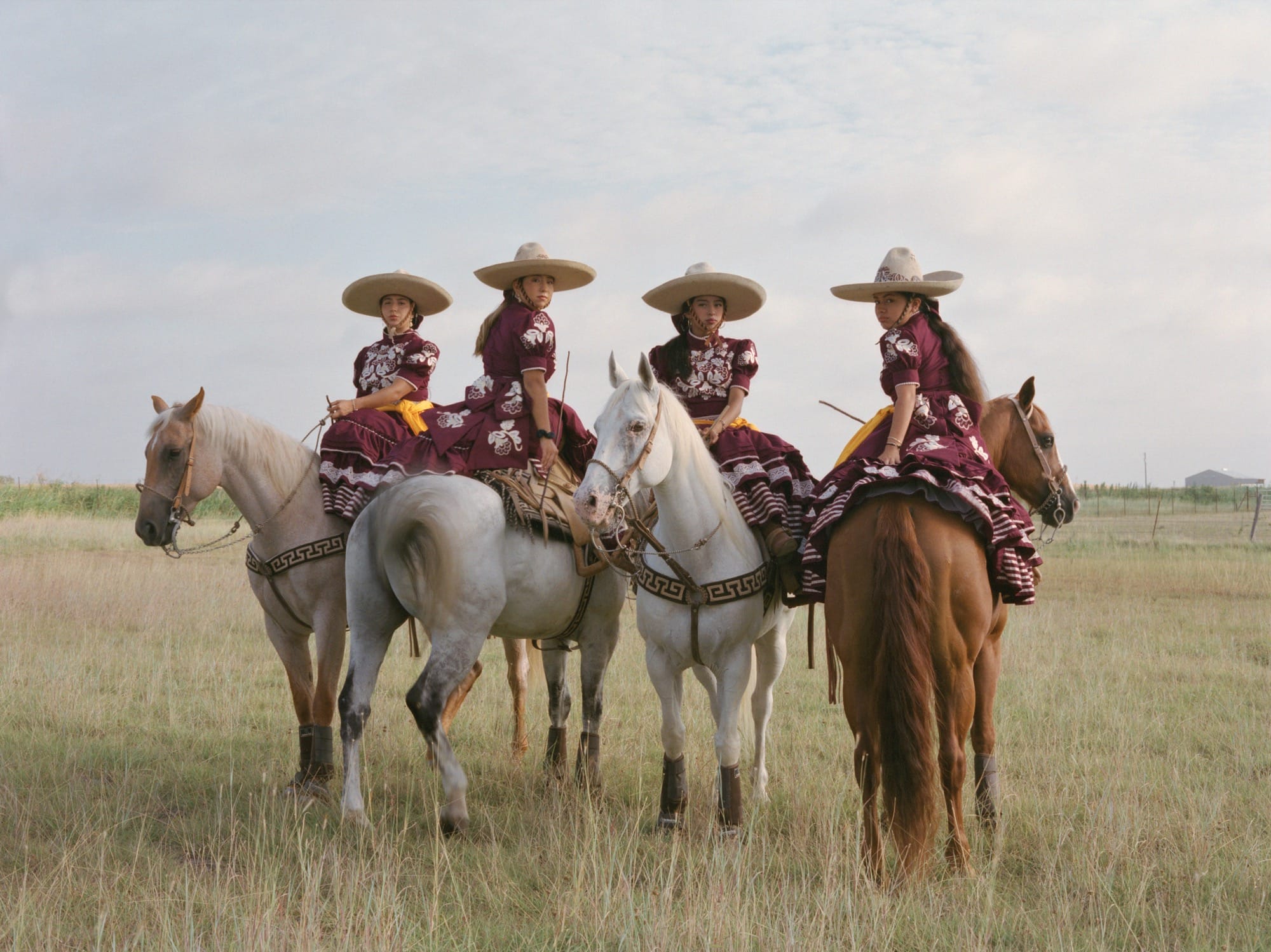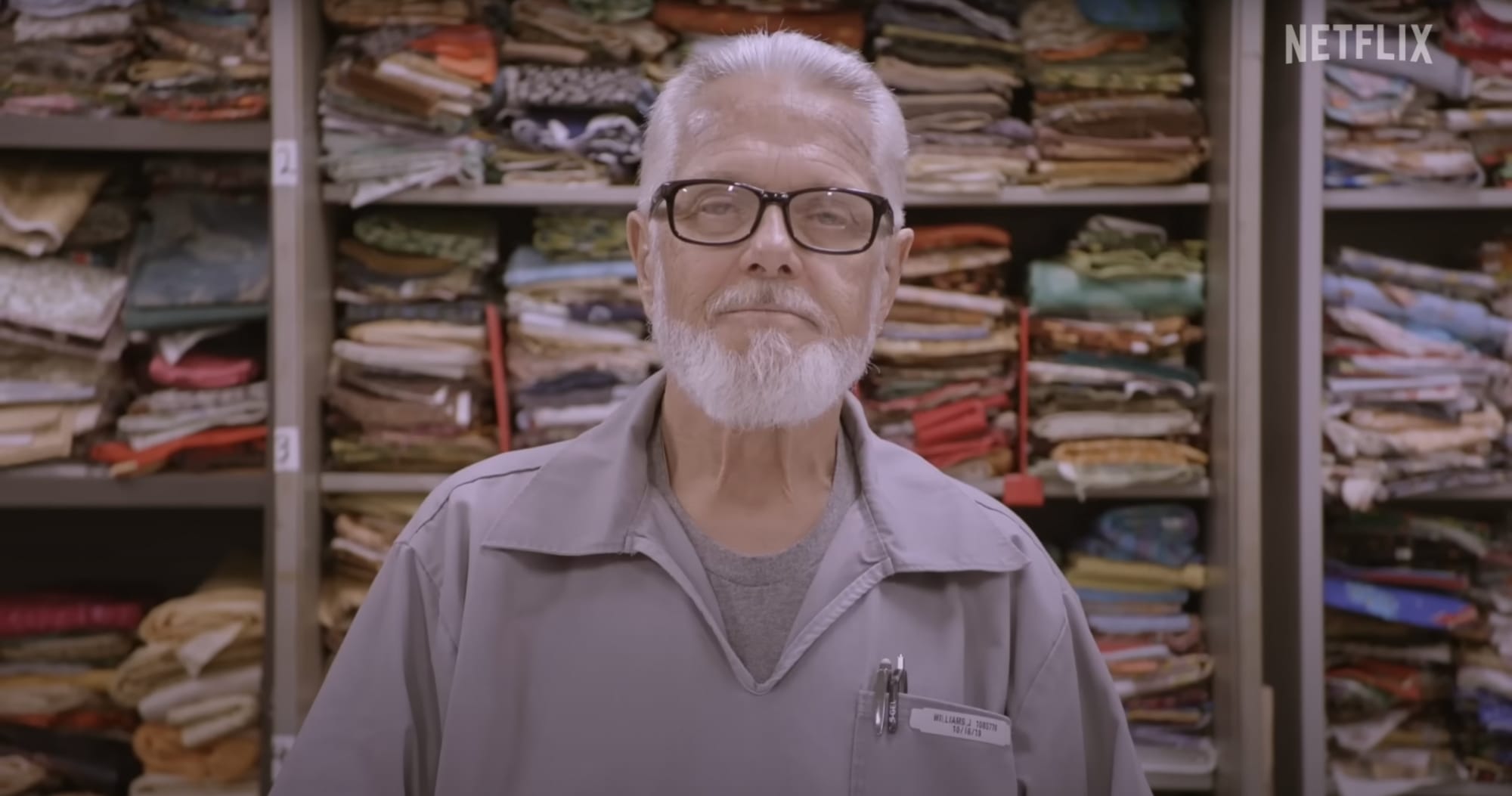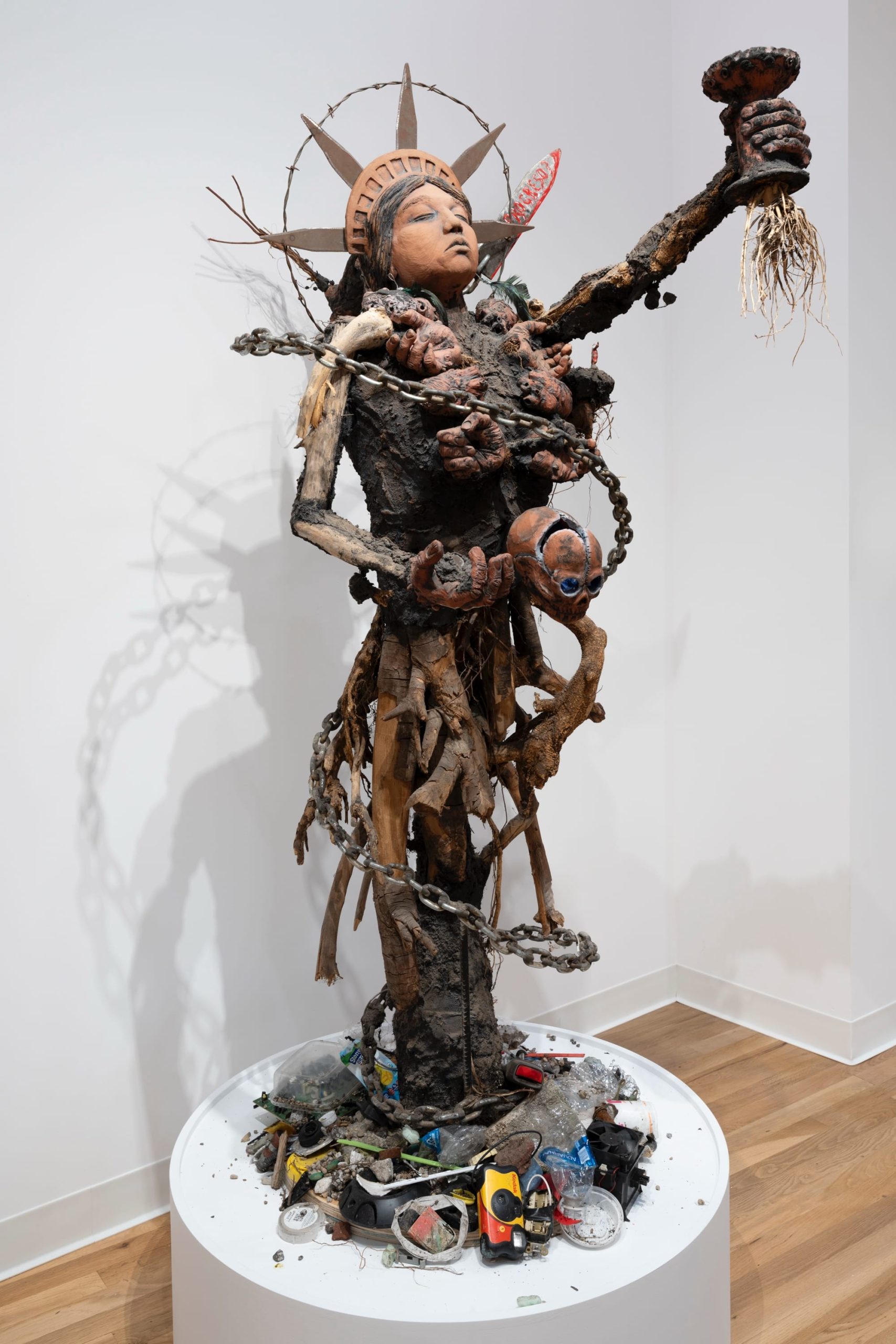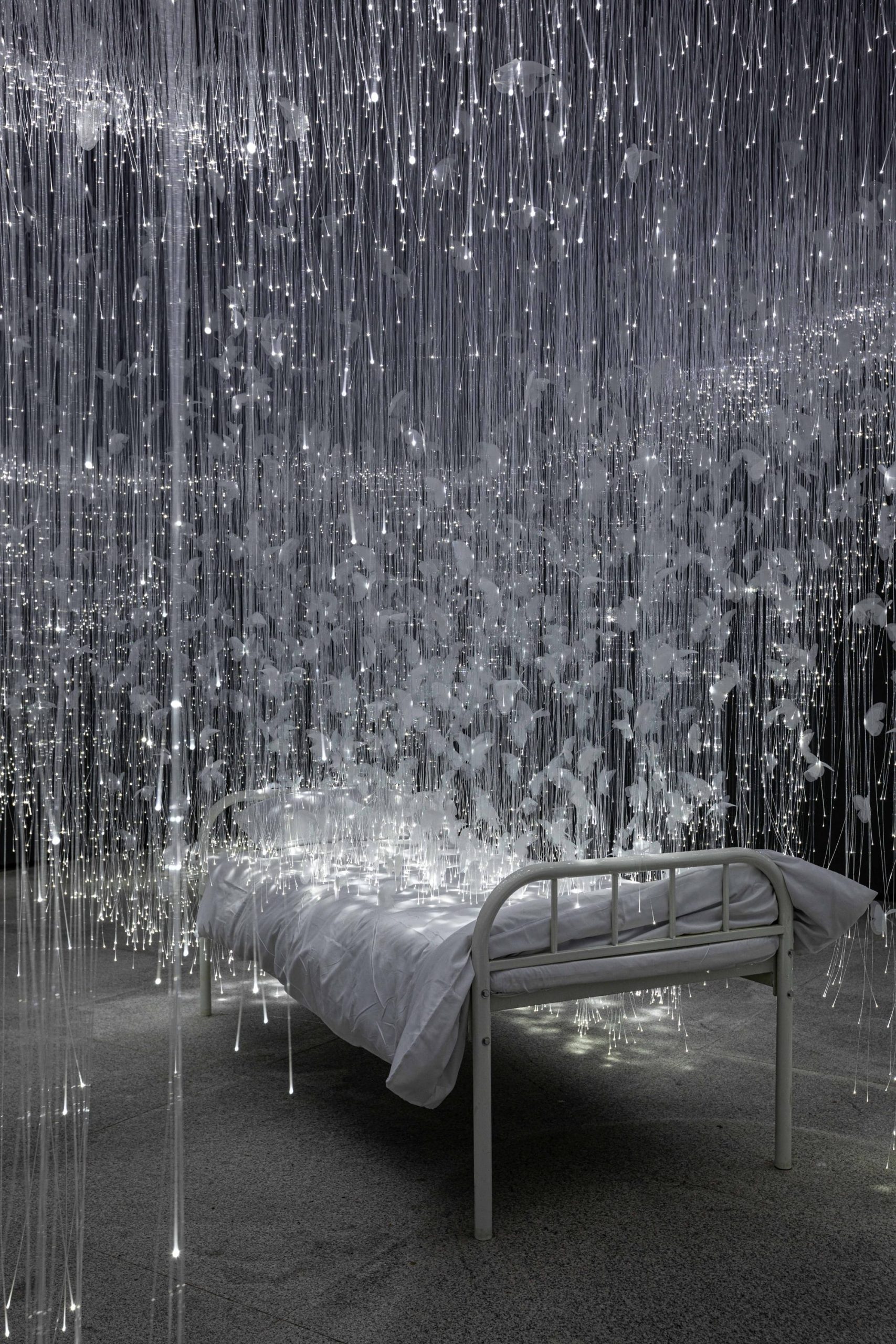Traditional art forms have long been cherished for their cultural significance and historical value. However, with the advancement of technology, the art world is experiencing a significant shift. The Impact of Digital Tools on Traditional Art Forms is becoming increasingly evident as artists embrace modern techniques to express their creativity.
Digital Tools Revolutionizing Traditional Art Creation
In today’s digital age, traditional art creation has been significantly impacted by the emergence of innovative digital tools. These tools have revolutionized the way artists conceptualize, create, and showcase their artwork, offering a plethora of new possibilities and avenues for artistic expression.
Enhanced Creativity and Flexibility
- Digital tools provide artists with a wide range of features and functionalities that were previously unimaginable with traditional art mediums.
- Artists can experiment with different styles, techniques, and effects in a digital environment, allowing for greater creativity and flexibility in their artistic process.
Efficiency and Productivity
- With digital tools, artists can streamline their workflow, making the creation process more efficient and productive.
- Tasks that were once time-consuming, such as color correction or resizing, can now be done with just a few clicks, saving artists valuable time.
Global Reach and Collaboration
- Digital platforms and tools enable artists to showcase their work to a global audience, breaking down geographical barriers and reaching a larger fan base.
- Collaboration among artists has also been made easier with digital tools, allowing for remote teamwork and the sharing of ideas in real-time.
Overall, the integration of digital tools in traditional art creation has opened up a world of possibilities for artists, pushing the boundaries of creativity and redefining the art landscape.
Challenges and Opportunities in the Digital Art World
The digital art world presents a unique set of challenges and opportunities for artists and creators.
Challenges:
- Lack of physical presence and tangibility in digital artworks
- Issues of copyright and intellectual property protection
- Difficulty in standing out in a saturated digital art market
- Technical challenges and learning curves associated with digital tools
Opportunities:
- Global reach and accessibility to a wider audience
- Integration of multimedia elements for immersive art experiences
- Collaboration with artists from around the world in real-time
- Potential for innovative monetization strategies such as NFTs
In navigating these challenges and leveraging the opportunities, digital artists can push the boundaries of creativity and redefine the art landscape.
Preserving Traditional Art Techniques in the Digital Era
In the fast-paced digital era, traditional art techniques face the risk of being forgotten and overshadowed by modern technology.
The Importance of Preserving Traditional Art Techniques
- Traditional art techniques hold cultural and historical significance that must be preserved for future generations.
- They serve as the foundation for many modern art forms and provide a connection to our artistic heritage.
Challenges in Preserving Traditional Art Techniques
- Adapting traditional techniques to digital platforms without losing their essence can be a challenge.
- Finding skilled artisans and craftsmen who can pass down these techniques is becoming increasingly difficult.
Opportunities for Preservation
- Digital tools can be utilized to document and archive traditional art techniques for future reference.
- Collaborations between traditional artists and digital creators can help bridge the gap between the old and the new.
Preserving traditional art techniques in the digital era is not only a way to honor our past but also a means to inspire and innovate for the future.
